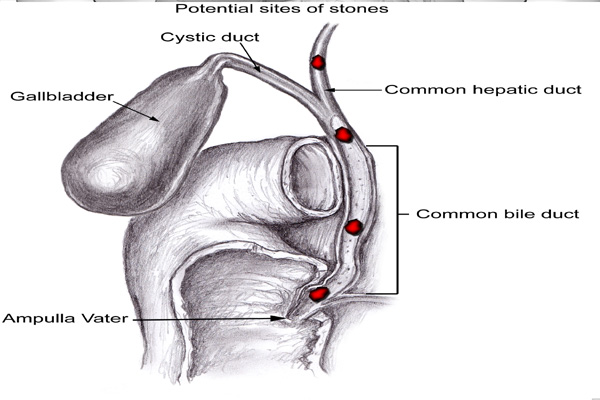What is Biliary Dyskinesia?
The term “dyskinesia” is a combination of two terms, “dys” means abnormal and “kinesia” means movement. Therefore, the term dyskinesia means abnormal movement.
Biliary dyskinesia is a disorder of the gallbladder in which gallbladder does not contract well in response to meal and bile does not drain out of the gallbladder properly.
